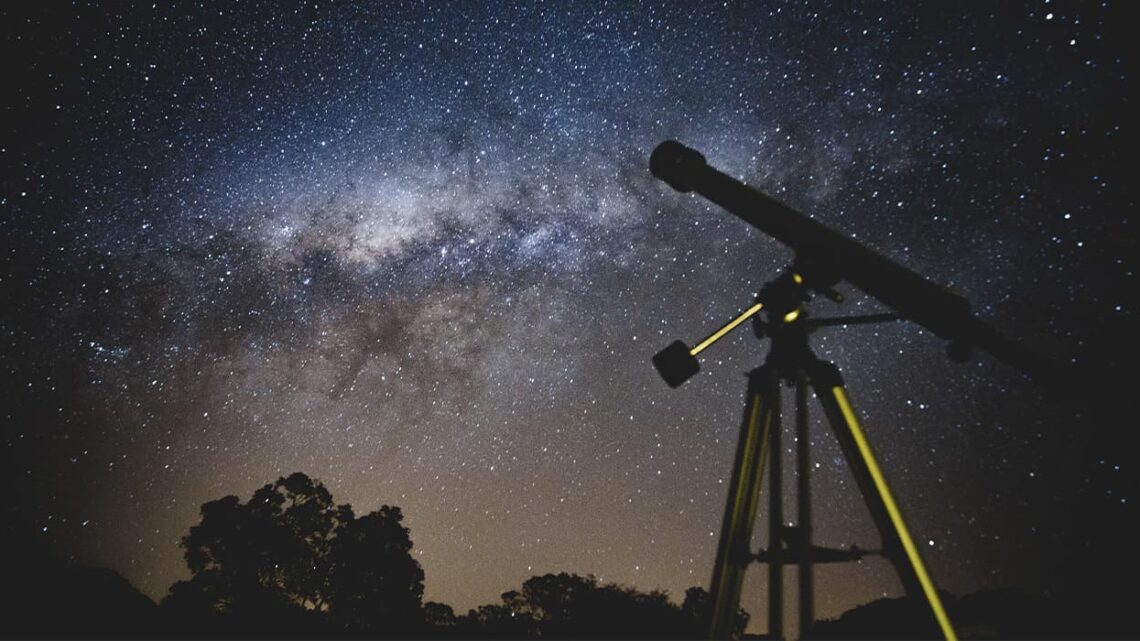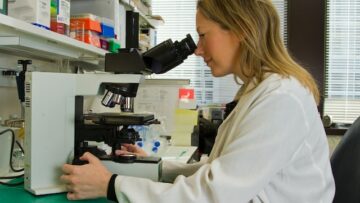By the end of the 19th century, astronomy had established itself as a discipline, but not as a profession. Most astronomers spent most of their efforts on teaching. In the early 1890s there were a few research institutes where teaching was not such a priority, such as the U.S. Naval Observatory, the Smithsonian Institution Astrophysical Observatory, and the Harvard College Observatory. By the late 1890s there were also such journals as The Astronomical Journal Astrophysical Journal. Popular Astronomy, and Publications of the Pacific Astronomical Society.
The American Astronomical Society (AAS) was founded in 1899 through the efforts of solar astronomer George Ellery Hale, who also created the ” Astrophysical Journal” and built the Yerkes Observatory, and Simon Newcomb, an astronomer, applied mathematician and self-taught polymath, then seen as an outstanding American astronomer. There was strong pressure in America at the time to specialize the sciences, and Hale and Newcomb set about organizing American astronomy and redefining it, concentrating as much of it as possible in the field of physics.
The first AAS constitution was written by Hale, Newcomb, George Comstock, Edward Morley, and Edward Charles Pickering, and the original number of members was 114.
Newcomb was the first president between 1899 and 1904 and was succeeded by Pickering, director of the Harvard College Observatory, whose term between 1905 and 1919 was marked by the steady growth and expansion of the Society. Pickering also sought to improve the fortunes of the professional astronomer. He wanted to organize observatory networks in cooperative research programs that were beyond the resources of any single observatory, and he hoped that the Society would provide the means by which both experienced and young astronomers could share methods and knowledge. The ability to exert scientific authority over a number of political issues was also a major goal in the formation of the Society of Astronomers such as Hale, Pickering, and Newcomb.
The name of the Society was not finally agreed upon until 1915. Before then it was known as the Astronomical and Astrophysical Society of America, and at some point the name American Astrophysical Society was suggested.
Because the field of astronomy is so diverse, as the Society grew, several divisions began to form, each promoting and supporting a different branch of astronomy or astronomy-related science, and working within the general charter of the AAS. In 1968, the Division of Planetary Sciences was established, followed in 1969 by the Division of Dynamic Astronomy, the Division of High Energy Astrophysics, and the Division of Solar Physics. Later in 1980, a more recent division, the Astrophysics Laboratory, was formed in 2012.
The current membership of the AAS is about 7,700, including physicists, mathematicians, geologists, engineers, and others whose research interests lie within the wide range of subjects that now make up modern astronomy.
The vision of the AAS is to.
To create a world in which all people value and benefit from a scientific understanding of our universe.
Values
- Curiosity: we conduct research driven by our curiosity about the universe.
- Integrity: we act honestly, ethically, and transparently by investigating and sharing our results.
- Inclusiveness: we use fair and accessible methods to create a diverse and welcoming scientific community.
- Empowerment: We mentor and support our first career members, using our resources to create a supportive environment for them and our astronomy community.
- Sustainability: We do our work using environmentally sensitive actions based on scientific understanding.





